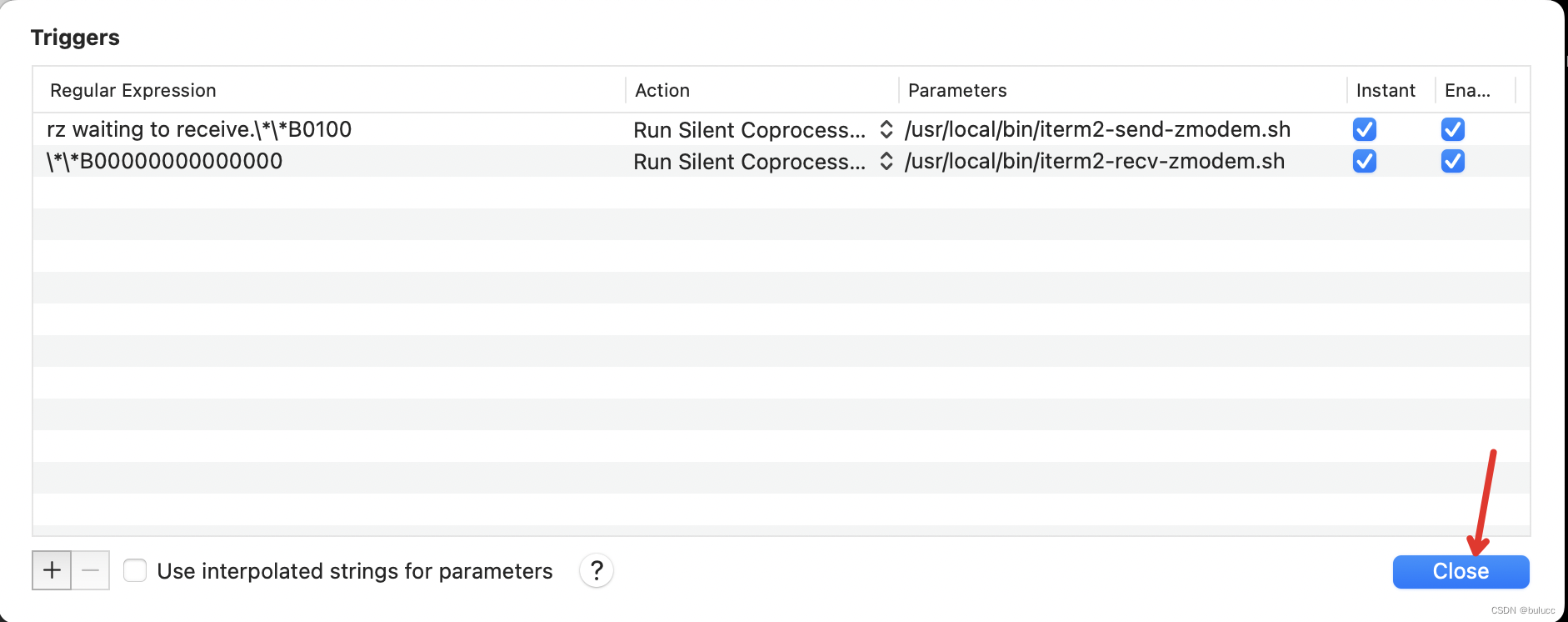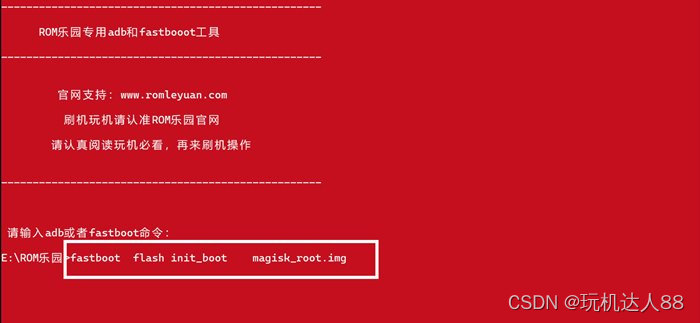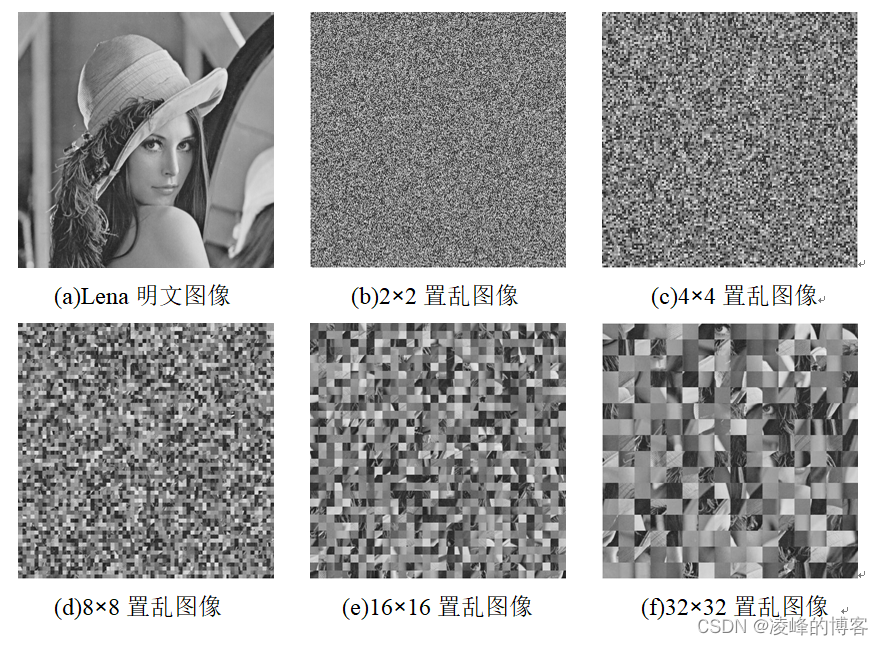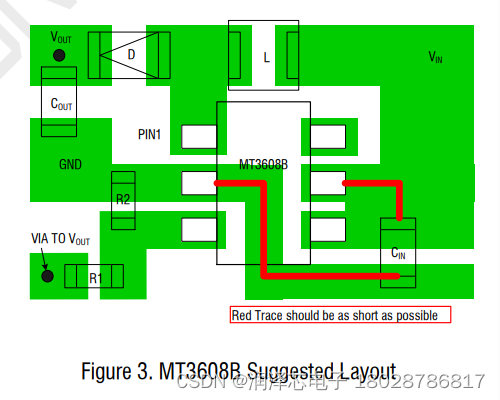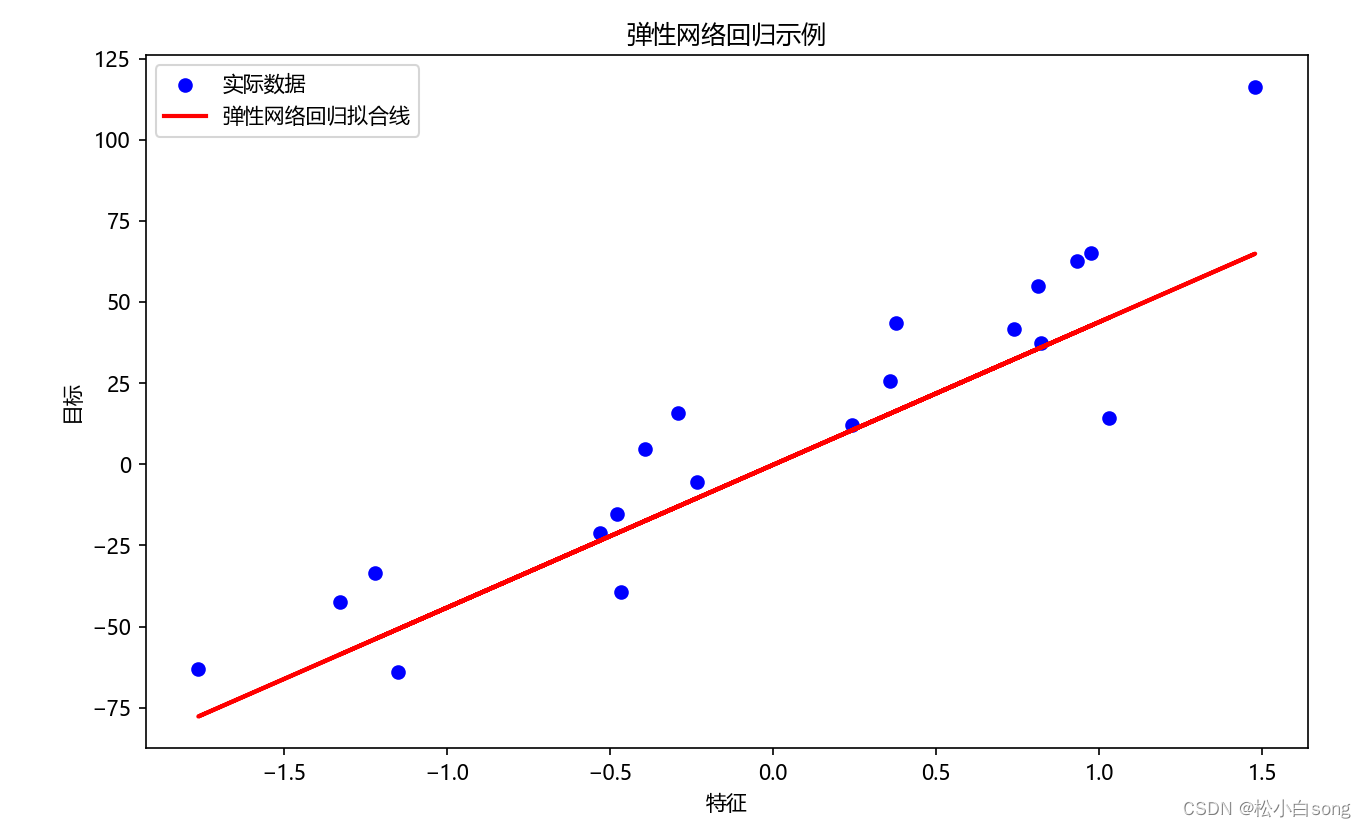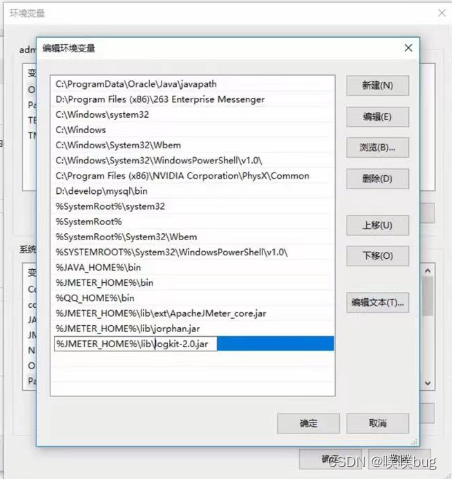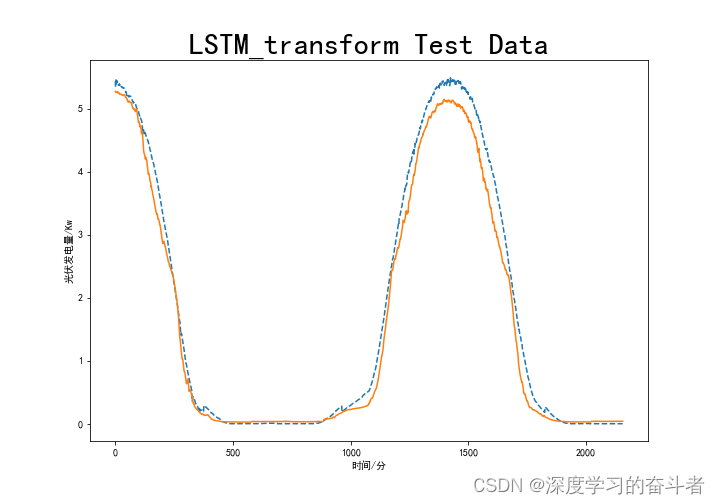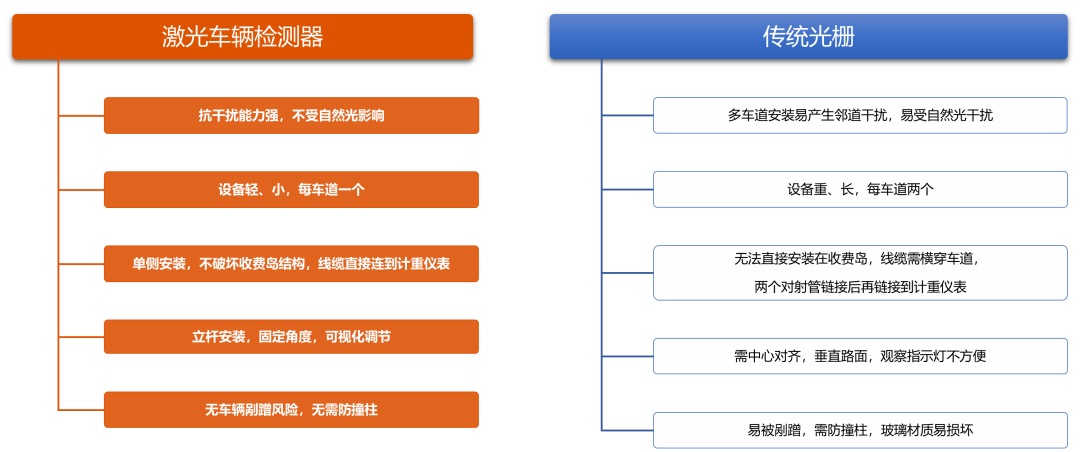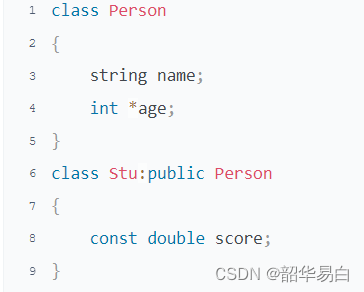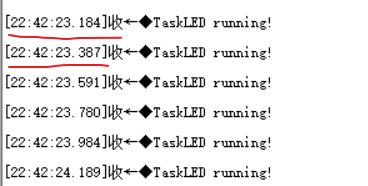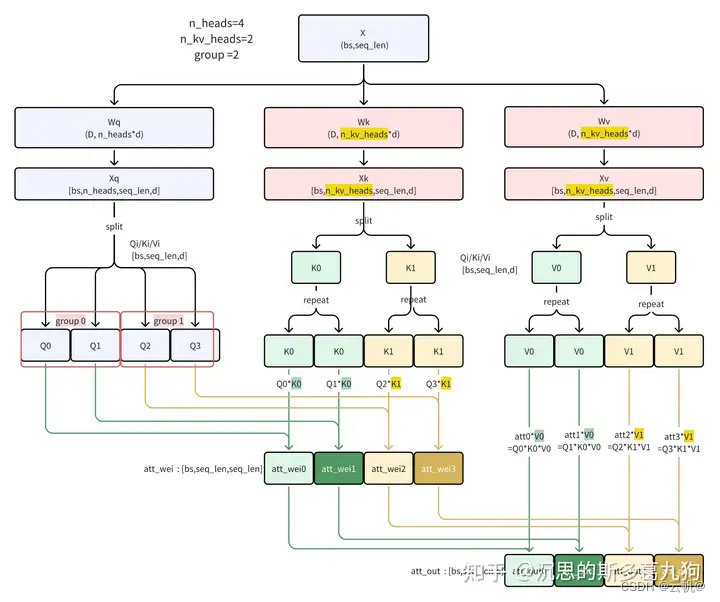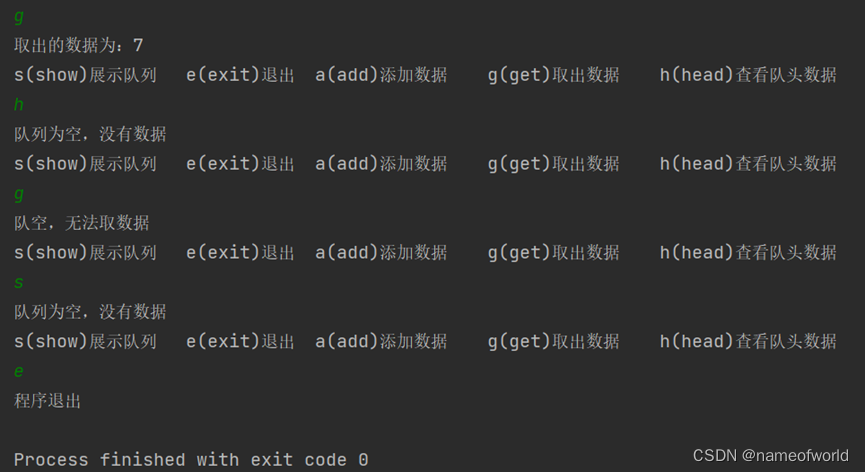文章目录
- 回溯算法
- 组合问题
- 回溯算法在组合问题上的运用
- 例题
- Leetcode 77. 组合
- Leetcode 216. 组合总和 III
- Leetcode 17. 电话号码的字母组合
回溯算法
回溯算法是一种搜索方式,本质上其实就是穷举出所有可能,然后筛选出我们想要的答案。
回溯算法的效率并不高,但是能解决一些暴力搜索解决不了的问题,比如组合问题。
组合问题
组合问题:在n个数里面按一定规则找出k个数的集合。
组合与排列的区别:组合是不强调元素顺序的,排列是强调元素顺序。
简单的、数据小的组合问题可以通过暴力解决,比如在10个数中找出2个数的组合,只需要2个for循环嵌套就可以解决。
for(i = 0; i < n; i++)
{
for(j = i + 1; j < n; j++)
{
//i与j排列组合
}
}
但是如果涉及到更大的数据时,比如在100个数里找出50个数的组合,我们就需要50个for循环嵌套,这样的问题就不能通过暴力去解决。
回溯算法在组合问题上的运用
具体思路如下图:
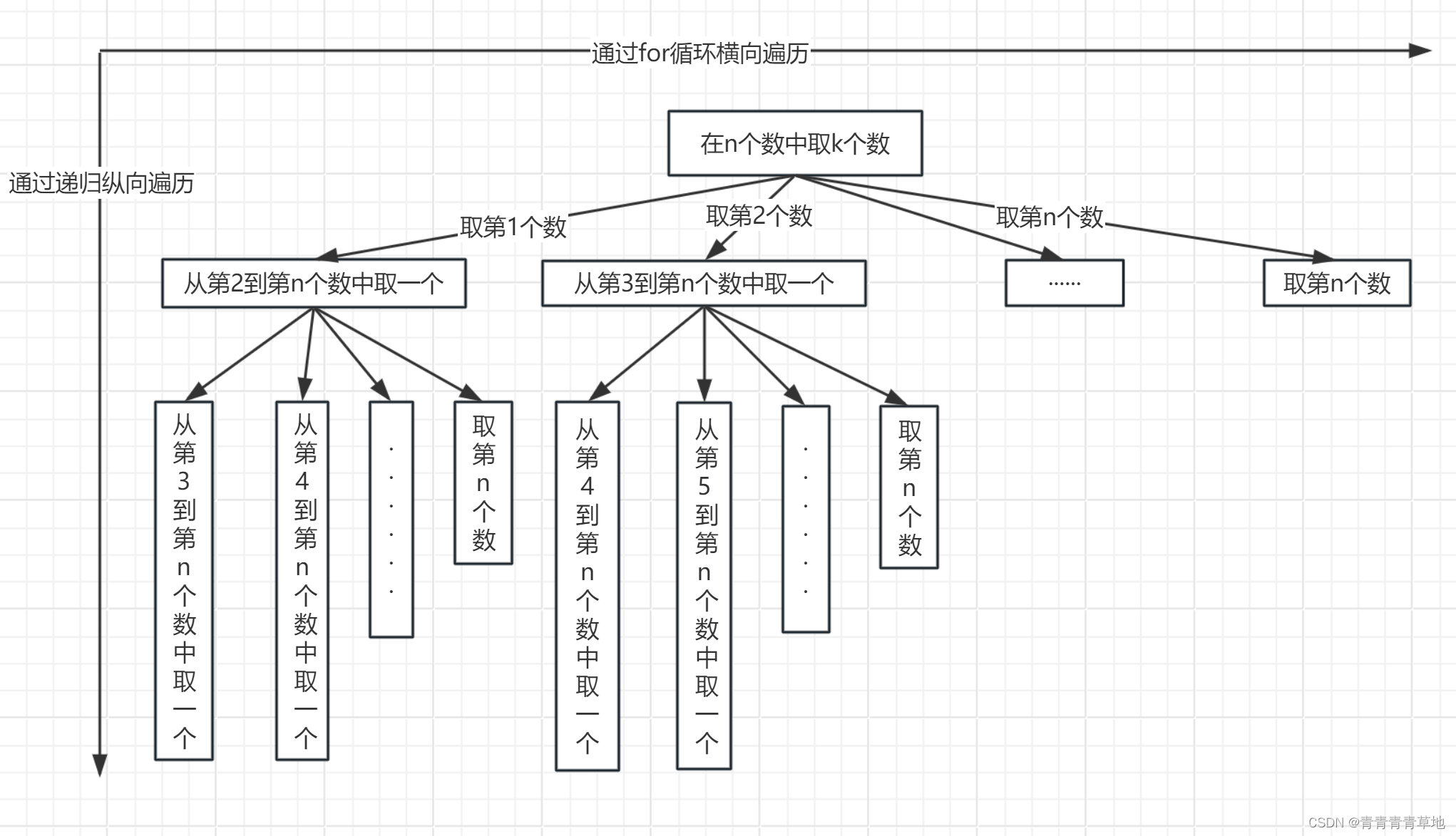
代码模板:
void dfs(int cur, int n, int k)
{
if()//当条件满足判断时,说明我们得到一个符合条件的结果
{
//将该结果储存起来
return;//返回函数上一级去尝试下一种可能
}
for(){
//通过for循环横向遍历需要处理的结点
dfs(下一个结点)//递归,用同样的方法去处理该节点的下一个结点
//撤销处理过的结点
}
}
例题
Leetcode 77. 组合
给定两个整数 n 和 k,返回范围 [1, n] 中所有可能的 k 个数的组合。
你可以按 任何顺序 返回答案。
示例 1:
输入:n = 4, k = 2
输出:
[
[2,4],
[3,4],
[2,3],
[1,2],
[1,3],
[1,4],
]
示例 2:
输入:n = 1, k = 1
输出:[[1]]
提示:
1 <= n <= 20
1 <= k <= n
/**
* Return an array of arrays of size *returnSize.
* The sizes of the arrays are returned as *returnColumnSizes array.
* Note: Both returned array and *columnSizes array must be malloced, assume caller calls free().
*/
int *temp; //用来存放某一条组合
int tempsize;
int **ret; //用来存放符合条件的结果
int retsize;
void dfs(int cur, int n, int k)
{
if(tempsize == k)//满足条件当某一条组合中元素的数量达标,将该结果存入ret中
{
int *tmp = malloc(sizeof(int) * k);
for(int i = 0; i < k; i++)
{
tmp[i] = temp[i];
}
ret[retsize++] = tmp;
return;//返回上一层函数
}
int j;
for(j = cur; j <=n ;j++) {
temp[tempsize++] = j;//将一个新的可能放入组合中
dfs(j + 1, n, k);//递归,完善这个可能
tempsize--;//回溯,撤销处理过的可能
}
}
int** combine(int n, int k, int* returnSize, int** returnColumnSizes) {
temp = (int*)malloc(sizeof(int) * k);
ret = (int **)malloc(sizeof(int*) * 20);
tempsize = 0;
retsize = 0;
dfs(1, n, k);
*returnSize = retsize;
*returnColumnSizes = malloc(sizeof(int) * retsize);
for (int i = 0; i < retsize; i++) {
(*returnColumnSizes)[i] = k;
}
return ret;
}
Leetcode 216. 组合总和 III
找出所有相加之和为 n 的 k 个数的组合,且满足下列条件:
- 只使用数字1到9
- 每个数字 最多使用一次
- 返回所有可能的有效组合的列表。该列表不能包含相同的组合两次,组合可以以任何顺序返回。
示例 1:
输入: k = 3, n = 7
输出: [[1,2,4]]
解释:
1 + 2 + 4 = 7
没有其他符合的组合了。
示例 2:
输入: k = 3, n = 9
输出: [[1,2,6], [1,3,5], [2,3,4]]
解释:
1 + 2 + 6 = 9
1 + 3 + 5 = 9
2 + 3 + 4 = 9
没有其他符合的组合了。
示例 3:
输入: k = 4, n = 1
输出: []
解释: 不存在有效的组合。在[1,9]范围内使用4个不同的数字,我们可以得到的最小和是1+2+3+4 = 10,因为10 > 1,没有有效的组合。
提示:
2 <= k <= 9
1 <= n <= 60
/**
* Return an array of arrays of size *returnSize.
* The sizes of the arrays are returned as *returnColumnSizes array.
* Note: Both returned array and *columnSizes array must be malloced, assume caller calls free().
*/
int **ret;
int retsize;
int *temp;
int tempsize;
void dfs(int p, int k, int n, int sum)
{
if(tempsize == k)
{
if(sum == n)
{
int *tmp = malloc(sizeof(int) * k);
for(int i = 0; i < k; i++)
{
tmp[i] = temp[i];
}
ret[retsize++] = tmp;
}
return;
}
int j;
for(j = p; j <=9 ;j++)
{
temp[tempsize++] = j;
sum += j;
dfs(j + 1, k, n, sum);
tempsize--;
sum -= j;
}
}
int** combinationSum3(int k, int n, int* returnSize, int** returnColumnSizes) {
retsize = 0;
tempsize = 0;
temp = (int*)malloc(sizeof(int) * k);
ret = (int **)malloc(sizeof(int*) * 20);
dfs(1, k, n, 0);
*returnSize = retsize;
*returnColumnSizes = (int*)malloc(sizeof(int) * retsize);
for (int i = 0; i < retsize; i++)
{
(*returnColumnSizes)[i] = k;
}
return ret;
}
Leetcode 17. 电话号码的字母组合
给定一个仅包含数字 2-9 的字符串,返回所有它能表示的字母组合。答案可以按 任意顺序 返回。
给出数字到字母的映射如下(与电话按键相同)。注意 1 不对应任何字母。

示例 1:
输入:digits = “23”
输出:[“ad”,“ae”,“af”,“bd”,“be”,“bf”,“cd”,“ce”,“cf”]
示例 2:
输入:digits = “”
输出:[]
示例 3:
输入:digits = “2”
输出:[“a”,“b”,“c”]
提示:
0 <= digits.length <= 4
digits[i] 是范围 [‘2’, ‘9’] 的一个数字。
/**
* Note: The returned array must be malloced, assume caller calls free().
*/
char* temp;
int tempsize;
char** ret;
int retsize;
char* letterMap[10] = {"",
"",
"abc",
"def",
"ghi",
"jkl",
"mno",
"pqrs",
"tuv",
"wxyz",
};
void dfs(char *digits, int cur)
{
if(tempsize == strlen(digits))
{
char *tmp = (char *)malloc(sizeof(char) * (strlen(digits) + 1));
int i;
for(i = 0; i < strlen(digits); i++)
{
tmp[i] = temp[i];
}
tmp[i] = '\0';
ret[retsize++] = tmp;
return;
}
int num = digits[cur] - '0';
char *table = letterMap[num];
for(int j = 0; j < strlen(table); j++)
{
temp[tempsize++] = table[j];
dfs(digits, cur + 1);
tempsize--;
}
}
char** letterCombinations(char* digits, int* returnSize) {
int n = strlen(digits);
*returnSize = 0;
if(n == 0)
{
return "";
}
ret = malloc(sizeof(int*) * 2000);
temp = malloc(sizeof(int) * n);
tempsize = 0;
retsize = 0;
dfs(digits, 0);
*returnSize = retsize;
return ret;
}
